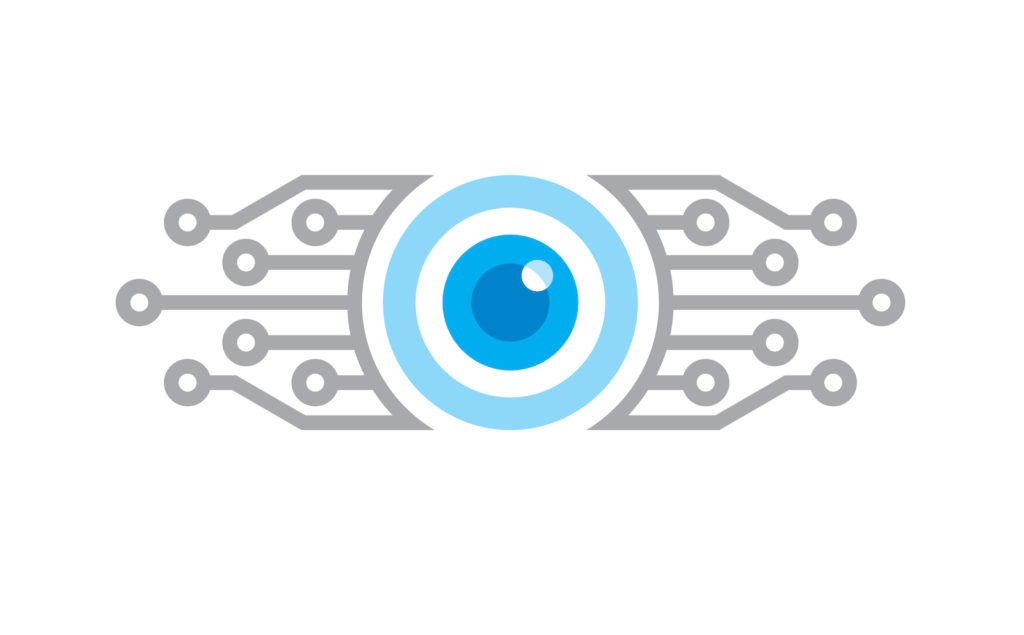“We are now entering a new epoch in the video surveillance business driven by Artificial Intelligence (AI),” reads our latest physical security report, highlighting the huge changes we have been seeing in the industry in recent years. Video surveillance has been around for decades but we are now seeing it’s true emergence into the ‘smart’ and ‘connected’ world with new solutions, growing funding, and a strong market response to feature-rich surveillance solutions. We are moving past the age of video surveillance technology that just watches our spaces, to surveillance systems that can actually understand what is going on in those spaces.
This new video surveillance landscape is both challenging the traditional giants of the technology and security sectors to innovate in order to keep up with the times, while also presenting real opportunities to creative startups looking to break into this growing market.
This month, consumer tech giant Sony released its first high-resolution event-based camera chips; the 0.92 megapixel IMX636 and the smaller 0.33 megapixel IMX637. The two chips combine with event-based circuits from Paris-based Prophesee and Sony's own 3D-chip stacking technology to produce a chipset with the smallest event-based pixels on the market. In contrast to other video cameras that capture frame-by-frame of the same space, even if nothing in the frame actually changes, event-based cameras take a pixel-by-pixel approach to surveillance, only capturing new information when a pixel changes.
“The benefits are clear: It's a benefit in terms of cost; it's a benefit in terms of reducing the optical format for the camera module, which means also reduction of cost at the system level; plus it allows integration in devices that require tighter space constraints,” says Luca Verre, CEO of Prophesee, who partnered with Sony on the product. “Sony doesn't do this very often. The IMX636 is one of the only [sensors] that Sony has co-developed with an external partner. This, for me, is a reason for pride, because I think they believed in us —in our technology and our team.”
Video surveillance giant Axis (acquired by Canon in 2015) launched the eighth generation of its ARTPEC custom-designed system-on-chip (SoC) made for network video, this month. ARTPEC-8 SoC, the latest iteration of a 20+ year old product family dating back to 1999, seeks to create new opportunities for analytics applications based on deep learning at the edge. The new SoC accelerates the range of capabilities seen in the ARTPEC-7, including improved imaging, security, and compression but the highlight is the ARTPEC-8’s edge intelligence. This represents a big upgrade for a maturing product line that continues to innovate and improve.
“We didn’t know it at the time, but ARTPEC would become the core element that enabled us to expand our offering with limited resources from a few products to a complete portfolio that later would revolutionize the surveillance industry,” states Stefan Lundberg, Senior Expert Engineer at Axis. “The best way to illustrate 20 years of progress is to directly compare the development between the very first ARTPEC SoC and our latest ARTPEC-8 SoC. While the main flow of pixels between sensors and network is the same for both types, ARTPEC-8 has over 100 times the performance of the first SoC while still maintaining a similar size and price.”

Video surveillance startups are also vying for attention this month, for example, Spot AI who emerged from stealth mode to disclose $22 million dollars in funding in the past few years. The firm is developing a software platform that “reads” video footage from almost any type or quality of camera, thereby turning data from any camera into advanced AI-enabled digital surveillance. Spot AI has also been quietly building its customer base since 2018, and already has a wide range of customers including rocket-makers SpaceX, as well as transportation companies Cheeseman and Northland Cold Storage.
“The cloud is awesome. Really awesome. Everything’s going to the cloud. Powerful AI runs in the cloud. For the IoT, there are a staggering several billion of internet connected devices coming online. The cloud lets us centralize all that IoT data, store it, sort it, search it, analyze it — you name it,” said Spot AI CEO, Tanuj Thapliyal, in a 2019 article. “What doesn’t get talked about enough is that getting to the cloud sucks. Really sucks. It’s deceptively expensive, unreliable, and data-insecure. Especially for webcams, which generate huge amounts of rich HD video.”
Video footage is increasingly being used as the ultimate data source across industries to detect and diagnose problems, then take corrective action, but the true cost of advanced video surveillance systems can be too much for some businesses to justify. By reading footage from the older video surveillance camera equipment that still dominates the market as a whole, Spot AI can democratize access to video analytics.
“At Spot AI we are on a mission to transform people’s relationship with their cameras from this old, hardware-centric category of surveillance to this new, software-centric era of video intelligence that changes how people think about and use video on the factory floor, the assembly line, and in any workplace,” said Thapliyal in a statement. “The key to this new category of video intelligence is making it easy for everyone inside the business to access video so that it becomes a tool for driving useful insights, enhancing collaboration, and maximizing individual and team potential.”
From tech giants, to security stalwarts, and innovative startups, from chips to software and from the cloud to the edge, the new landscape of video surveillance is creating opportunities across the board. China is a completely different landscape, of course, but the increasing levels of activity in Western video surveillance companies demonstrates the continued commitment to creative innovation. Wherever you look around the world, it seems “we are now entering a new epoch in the video surveillance business driven by AI.”



